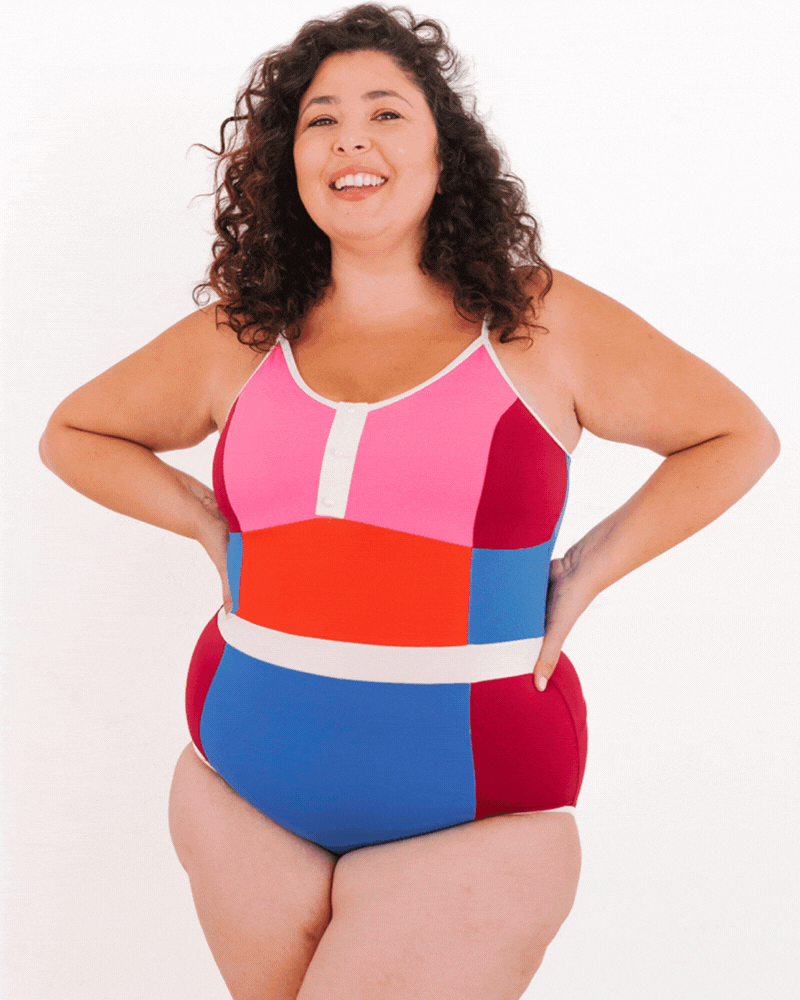Know When You'll Need a Rash Guard
Sleeves in the summer heat? You would think any version of long or mid-length sleeves during a day over 80 degrees would be the last thing you'd want to wear. But rash guards, originally intended to be worn by surfers to prevent them from getting rashes during the paddle out to the waves—have a wide range of uses and benefits these days outside of the surfing hobby.
If you've never heard of a rash guard, its uses, or wondered when you'd need a rash guard, we're happy to answer these questions and more!
What is a Rash Guard?A rash guard is an athletic, water-resistant shirt created from premium blends such as nylon and spandex for durable water use. Most rash guards also provide up to 50+ UV protection from the sun, essential not only for the care of the skin but also to safeguard from the damages UV rays can cause and protect the wearer's skin while swimming, including damage from damage rashes, chafing and scrapes. Occasionally, you might hear rash guards referred to as sun shirts, as they can double up as a coverup over any swimsuit.
What Isn't a rash guard?A rash guard won't take the place of a wetsuit. Unlike a wetsuit, a rash guard won't insulate you from the cold. Rash guards are fantastic to use in warmer waters as they can protect from the sun and rocks, coral, some jellyfish, and so on, but they don't provide the insulation needed to combat frigid waters.
When You'll Need a Rash Guard?Below, you'll find some of the top reasons why you should and can rock a rash guard this season or any warm season before getting into the water.
Rash PreventionThe primary purpose of a rash guard is to protect surfers or swimmers from the abrasions caused by sand, rocks, or as a surfer—the waxy residue from their surfboards. Although your typical rashes can be caused by sliding on and off rough surfaces, rash guards are also an excellent garment to protect children from their enthusiastic play on sandy shores.
Particle ProtectionWhile a rash guard can't protect against frigid water, the extra layer of protection it grants is an excellent alternative in warm waters to defend against foreign particles found in water. It can even help with keeping small objects that can cause scrapes or skin damage away from you.
SnorkelingUnless you're going to need to wear a wetsuit, then a rash guard is very highly recommended to wear when snorkeling. You spend a considerable amount of time swimming or floating horizontally with your back exposed to the sun, and it is very easy to lose track of time when you're snorkeling. You can forget to re-apply sunscreen, miss a spot, and so on. It just makes sense to protect yourself with a rash guard.
Another great reason to wear a rash guard when snorkeling is to protect yourself from the underwater environment. Although you should always avoid touching any coral, accidents can and do happen. Coral is often very sharp, with certain species of coral that may give you a nasty sting. To safeguard against this, a rash guard can be a great solution.
Sun SafetyWhether you're trying to catch the perfect wave, going out for a swim, or you'll be spending most of the time building a complex sandcastle—you're constantly exposed to the sun's damaging UV rays, even on cloudy days. Rash guards, like ours, have been designed not only for extra coverage for your swimwear but to help prevent dangerous sunburns. To ensure the best protection, make sure your rash guard is manufactured or made with Ultraviolet Protection (UV) along with sunscreen, as the two of them together serve as additional, excellent sun protection.
What's Important for a Great Rash Guard?If you're looking to add a rash guard to your summer or swimming wardrobe, there are a few easy rash guard tips to ensure you remain protected and look fantastic in the water or out of it at the same time.
Size MattersIn most rash guard designs, there are generally two types of fit—skin-tight or loose-fit. Choosing the perfect rash guard fit for you luckily has nothing to do with body shape but what you will want to use the rash guard for.
A tight rash guard with a snug fit is a great choice for those who adore water sports and often surf, go diving, or swim. These types of rash guards will move with your body with no excess fabric to get in the way. If you're planning to have a nice, relaxing day on a boat, on the beach, with some swimming in between, a relaxed fit is a perfect choice.
Fabric FeelThere are many different rash guards on the market today, and they all differ in quality. The best way to know that the rash guard you're about to wear is of the highest quality is by looking for these few things:
- Always make sure that the fabric is marked as UV or UPF 50+ and that the blend of materials uses are premium quality and synthetic for the ultimate in a long-lasting, durable, and non-fading rash guard. A mix of nylon and spandex is perfect for both durability and a soft, flexible skin feel.
The bottom line to when you'll need a rash guard? Anytime you're in the water! The benefits of a fantastic rash guard are varied and widespread for any situation, making it a hugely valuable part of your summer or swimming wardrobe.





